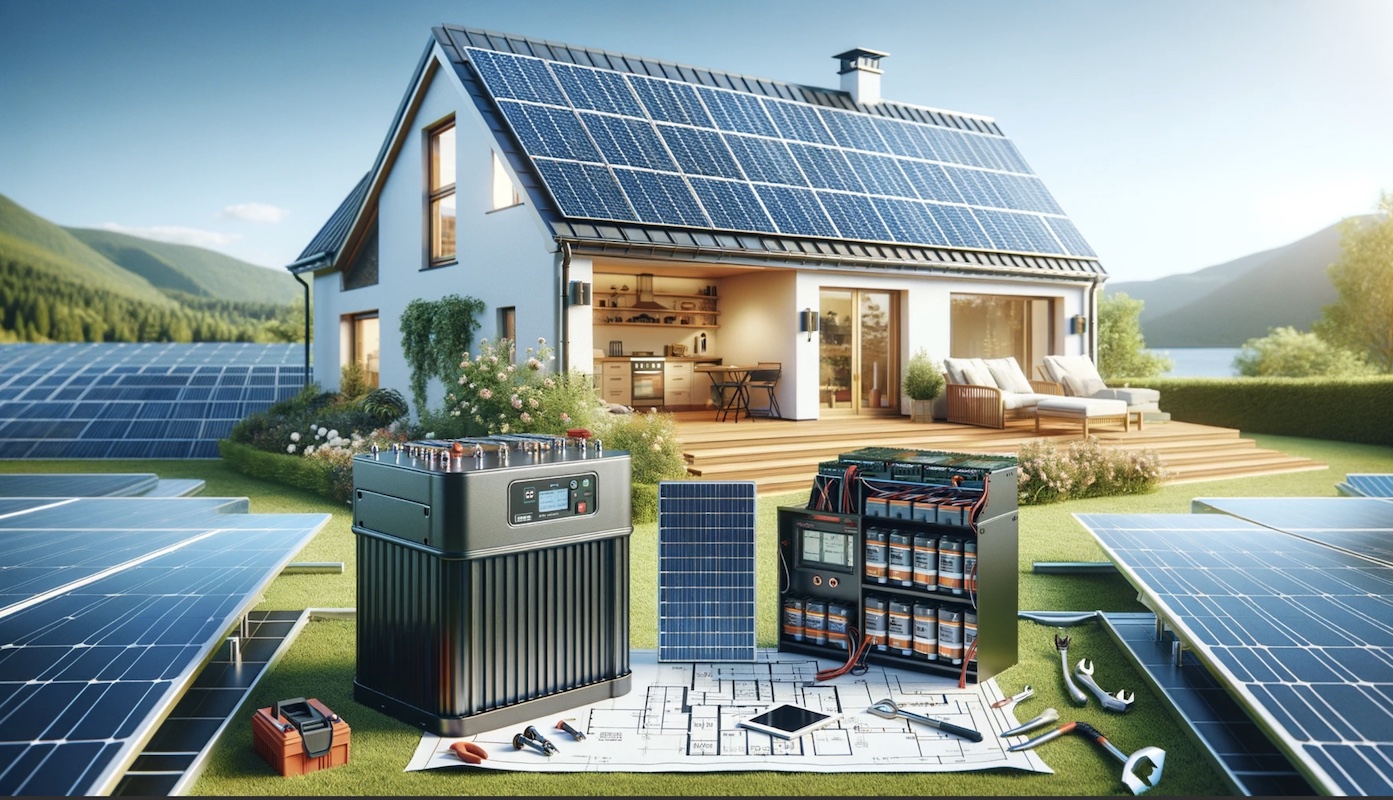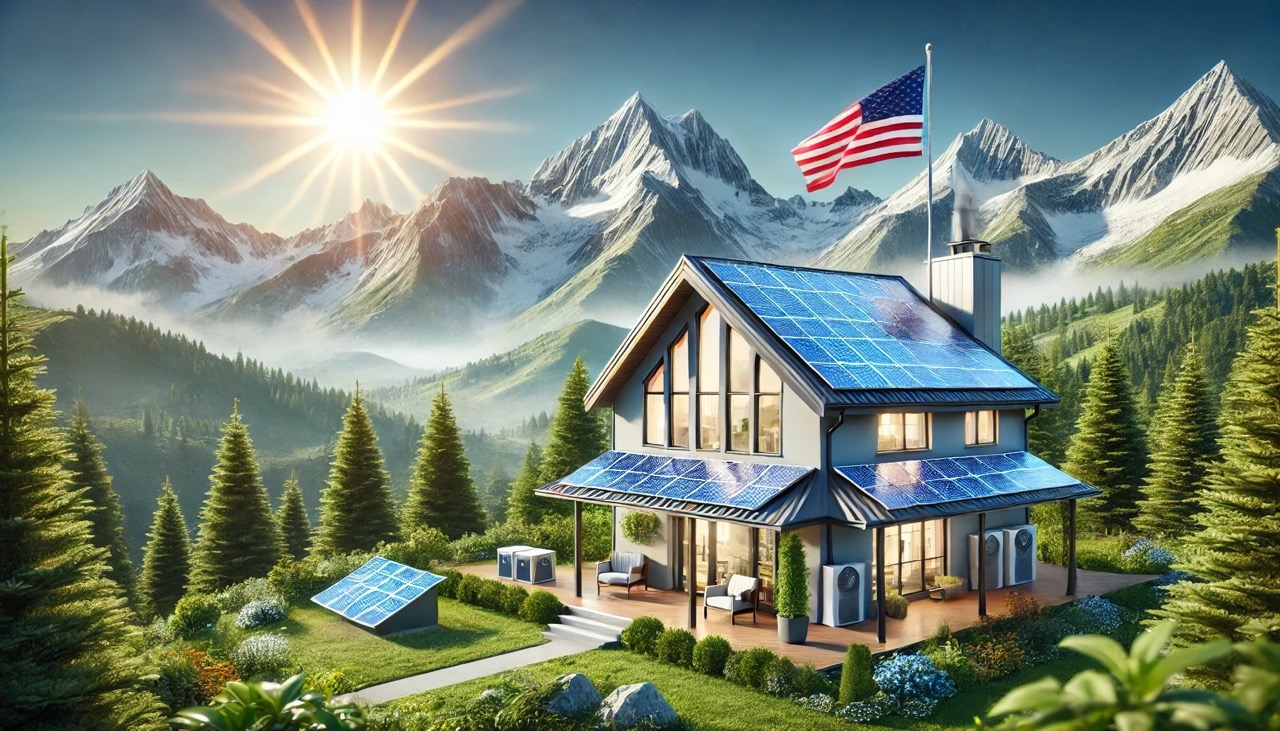Your Guide to Home Solar Energy: DIY and Professional
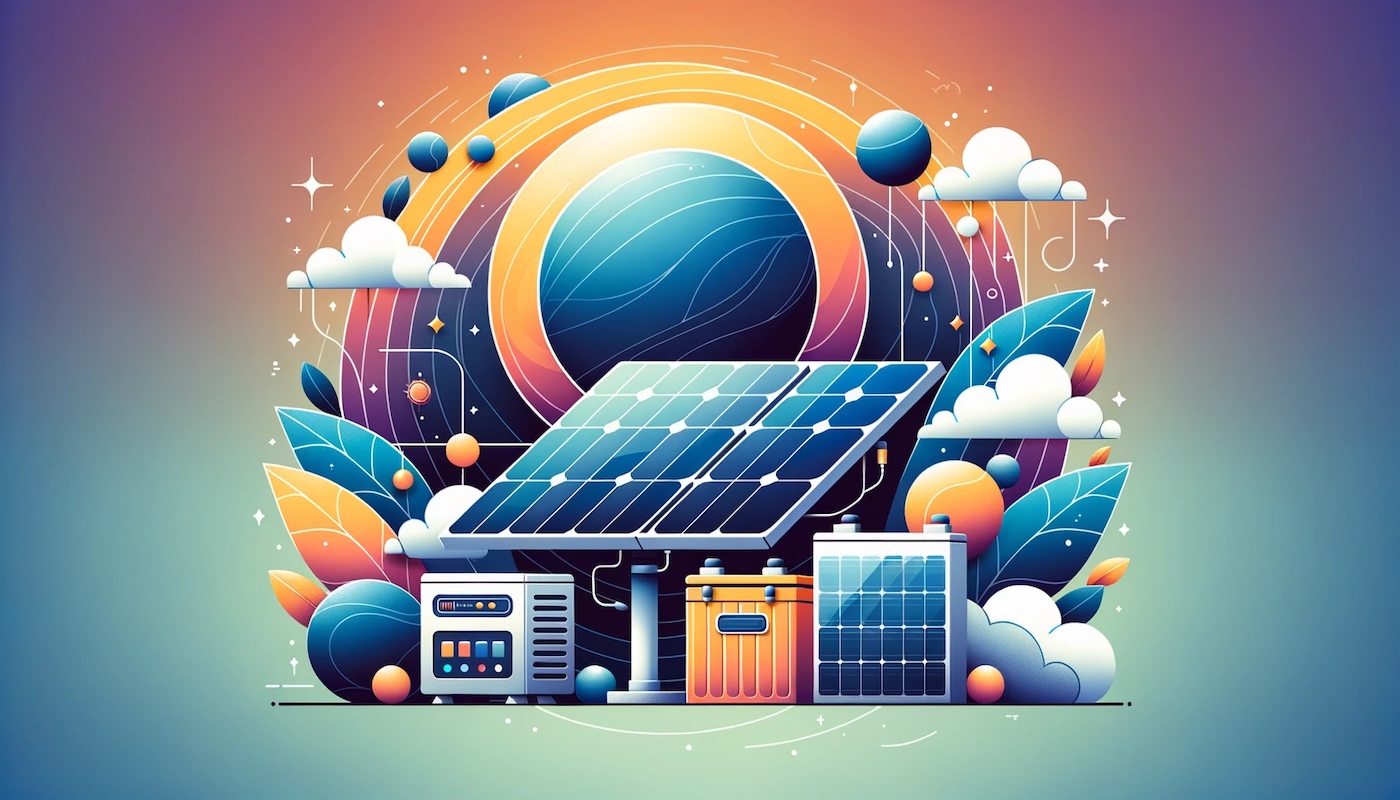
Dive into the essential knowledge needed to make sound decisions about your home solar energy system. Begin with the basics where you will quickly grasp the what of home solar systems. Then explore in-depth articles offering a concise comprehensive guide to the why and how of your home solar energy system.
In This Article:
Should I Invest in a Home Solar Energy System?
This is an important question. In my opinion, home solar energy is a long-term investment and requires a commitment to reap benefits. You want to be sure you go into home solar for the right reasons.
Good Reasons For Investing in Home Solar Energy
Here are two straightforward reasons, but they must be coupled with your preparedness to wait a long time to return your investment before your system starts to bring financial benefits.
- You want to offset your home’s electricity consumption, which is already high or growing. For example, you plan to install demanding appliances, such as a hot tub, electric underfloor heating, a heat pump or air conditioning. Alternatively, your family may be growing, and you expect your energy consumption to follow that trend.
- You want to produce and sell energy to the grid or offset an expensive tariff. For example, you have plenty of space for panels and access to a favourable export tariff. Or perhaps you own a business, and the commercial electricity rates are taking away from your valuable profits.
Not So Good Reasons For Investing in Home Solar Energy
Here are two wrong reasons:
- You are ecology-minded and want to do your share - in this case, you don’t need solar. Home solar energy systems are expensive. A cost-effective alternative is to buy a fully renewable tariff and fund the larger-scale action taken by green-energy-focused utility companies. This will happen anyway; it is the direction of travel for many countries, including the UK, EU, USA, Canada, etc. Furthermore, if you eventually regret your decision for financial reasons, you will become a detractor for home renewable energy in your social circle.
- You treat your home solar system as an income generator - this is a risky approach, as your export tariffs are entirely at the mercy of the utility companies. Furthermore, you are competing with their own renewable energy generation, they are only buying from you because they cannot produce enough on their own.
Where Do I Start?
Now that you are sure you are building a system for the right reasons, your next steps are:
- Decide how big your system needs to be.
- Decide how much you want to spend on it.
Of course, your chosen system has to be within the allocated budget and optimised for your preferred use case.
To determine the optimal size of your system, inspect your home’s electricity consumption. My observation is that If electricity is not used for heating or cooling, your consumption does not vary too much. For example, your most demanding month is likely 2x larger than your least demanding one.
From there, you can use the data in this chart about yearly solar production or the calculator referenced there for a more refined estimate of how big a solar array you want to install.
The size and budget of your system will govern your choice of inverter , panels and batteries . In this site you will find detailed articles about each of these aspects, and this will help you make an informed choice.
What Goes Into a Domestic Solar Energy System?
Various components work together to provide usable electricity and keep you and your home safe. Additionally, there are connections to the grid and to your home. In the diagram below, we can see a high-level overview of the key components.
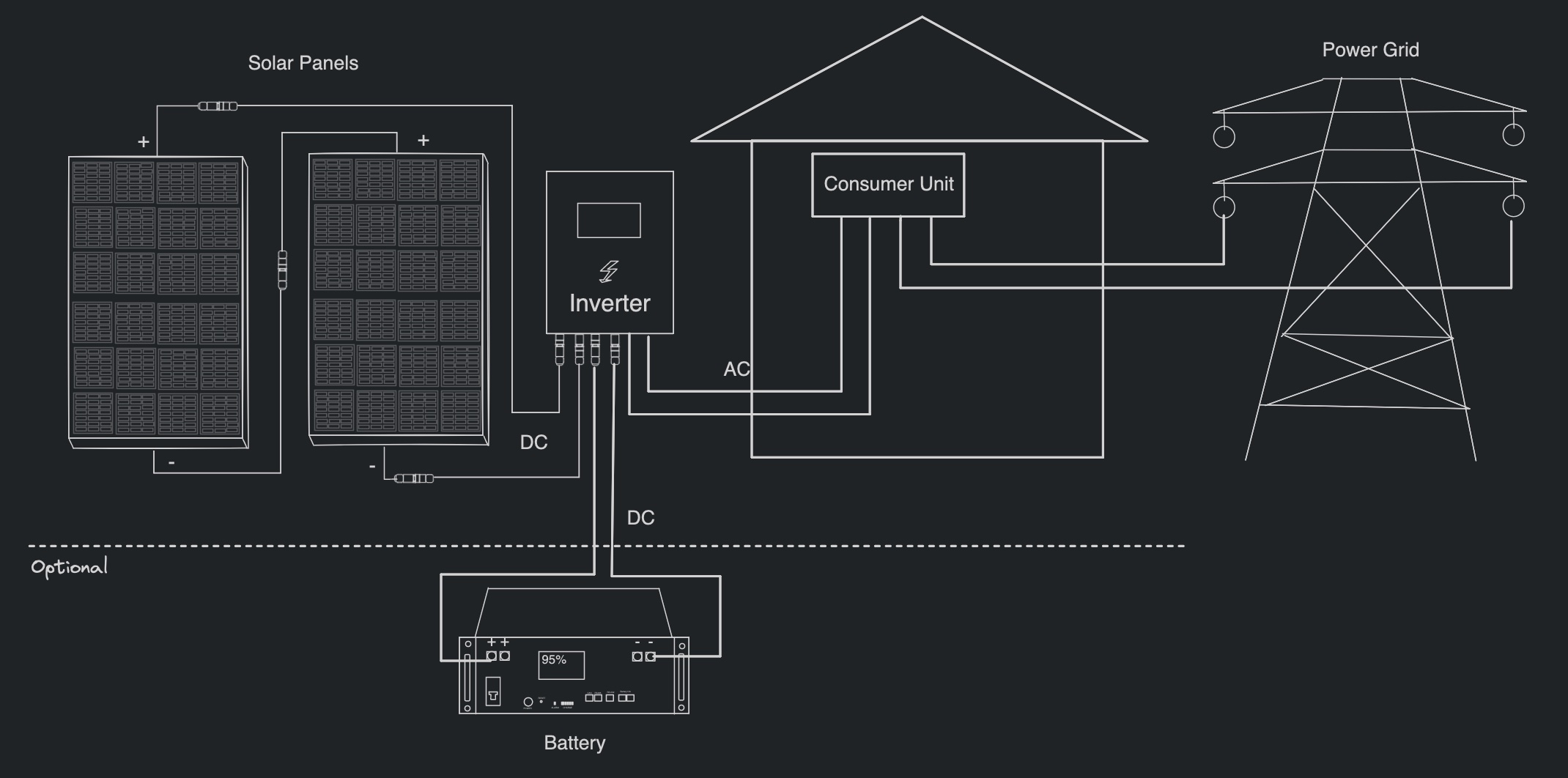
Example List of Components
A host of additional components go into a fully functional home solar energy system. Here is an example list. This list is not exhaustive but rather an illustration.
- Solar panels learn more
- Solar inverter ( assuming Hybrid inverter, with BMS ) How to choose a solar inverter?
- DC cables - from the panels to the inverter - typically 4mm2 or 6mm2
- MC4 connectors learn more
- DC isolator switch between the inverter and the solar string(s)
- AC cable from the inverter to your consumer unit
- Designated circuit with a circuit breaker on your consumer unit for the inverter alone - likely a new one needs adding.
- AC Isolator switch between the inverter and the circuit breaker
- Twisted pair or cat 5 cable to transport CT clamp or consumption meter data from the entry point of the grid in your house to the inverter
- Roof hooks
- Screws to fit the hooks - some have special rubber washers
- Roof rails
- Mounting clips - these hold your panels to the rails
- Labelling stickers
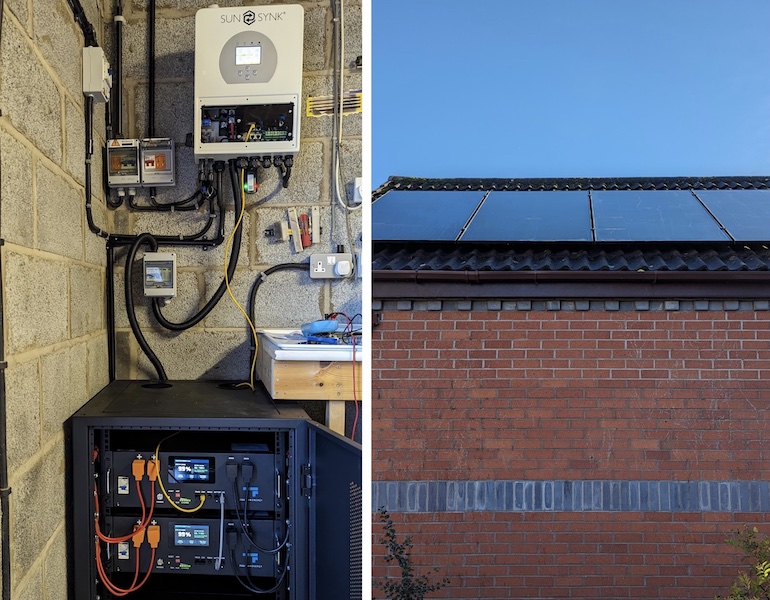
Adding a Battery
On top of the above list you will need the following:
- Battery learn more
- DC isolator between the battery and the inverter
- DC cables for the battery - lower current cables and much thicker than any other cables in the system.
- Two pairs of equal length and cross-section area - one pair from the battery to the DC isolator for the battery and one pair from the DC isolator to the solar inverter
Stay Safe
Remember working with electricity is dangerous and requires adequate training. If you are unsure about anything, learn more or consult a professional.
Did you like this article? Would you like to share your feedback? Head over to Solar Energy Concepts, where you can talk about this article and share your thoughts.
Back to TopSee Also
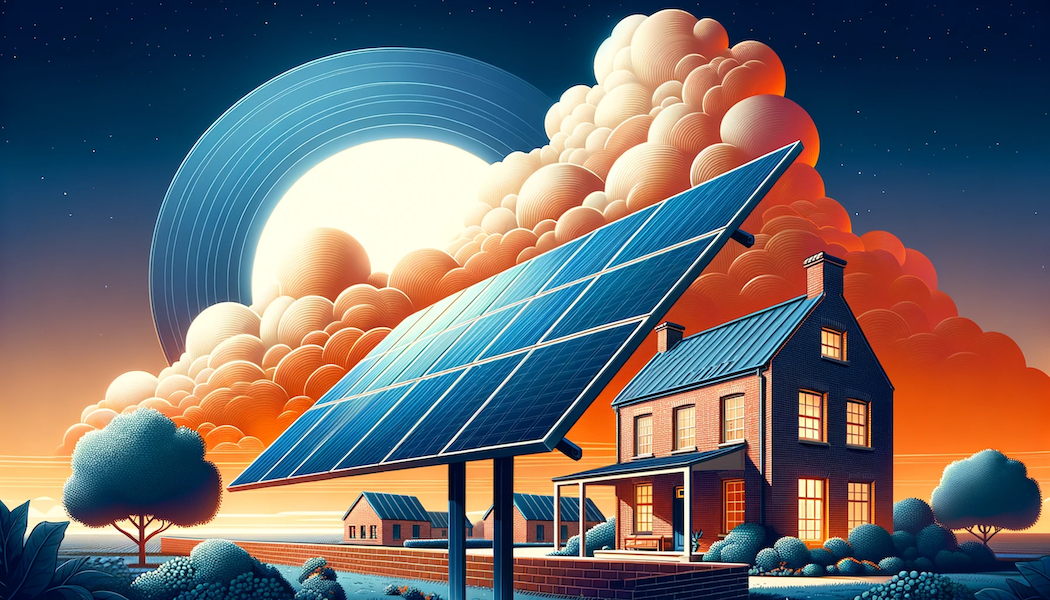 The Joy of Independence and Security From Energy Price Hikes
The Joy of Independence and Security From Energy Price Hikes
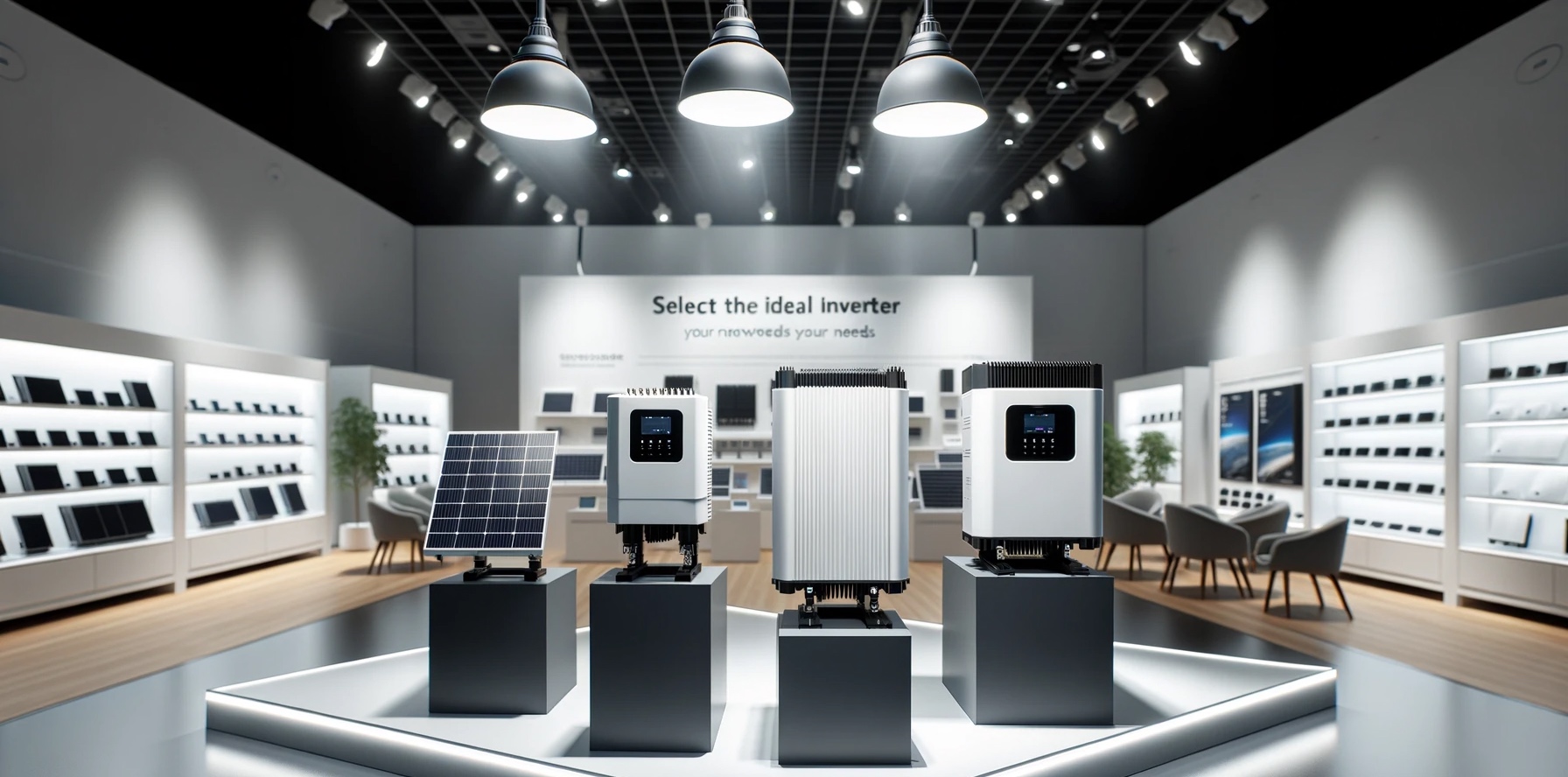 Solar Panels Inverter: Hybrid vs. String vs. Microinverters
Solar Panels Inverter: Hybrid vs. String vs. Microinverters
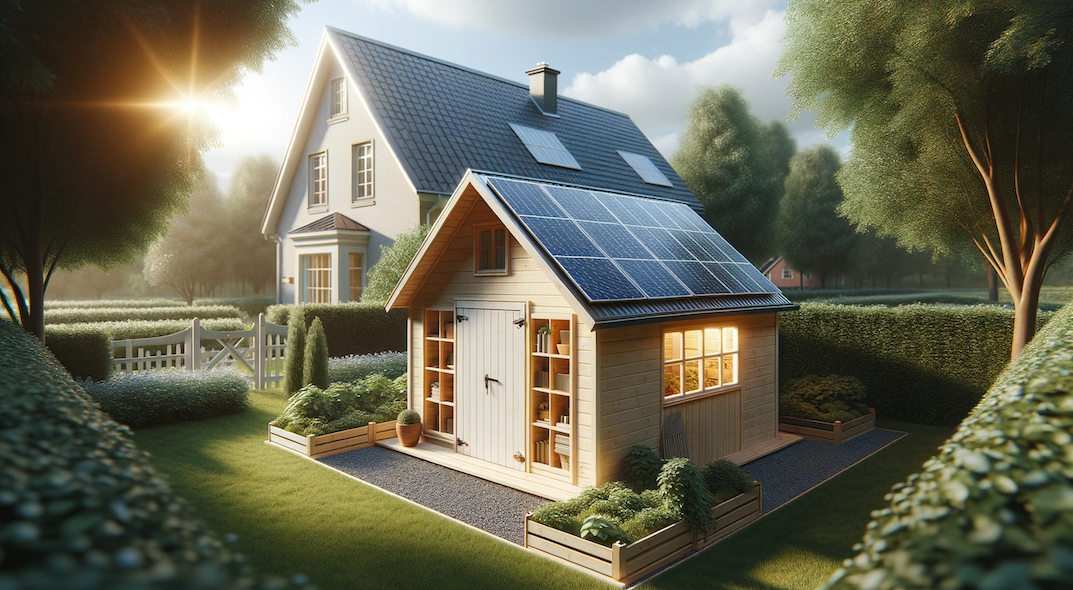 Shed or Garage: The Best DIY Solar for Immediate Savings
Shed or Garage: The Best DIY Solar for Immediate Savings
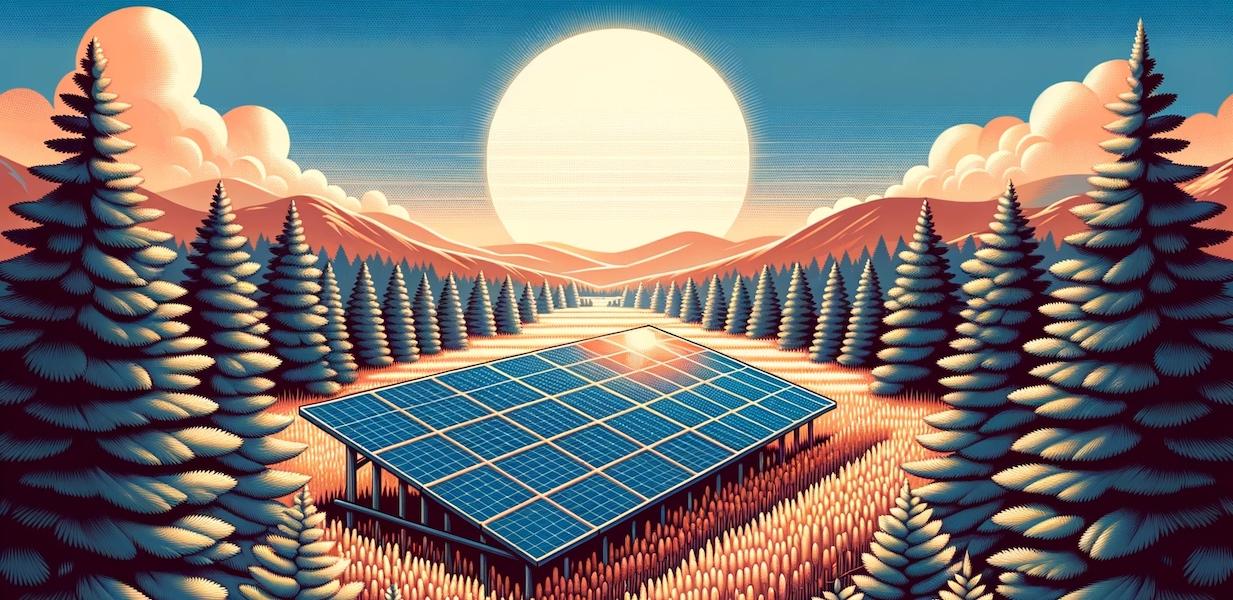 Solar Panel Guide: Size, Electricity Generation, and Output
Solar Panel Guide: Size, Electricity Generation, and Output
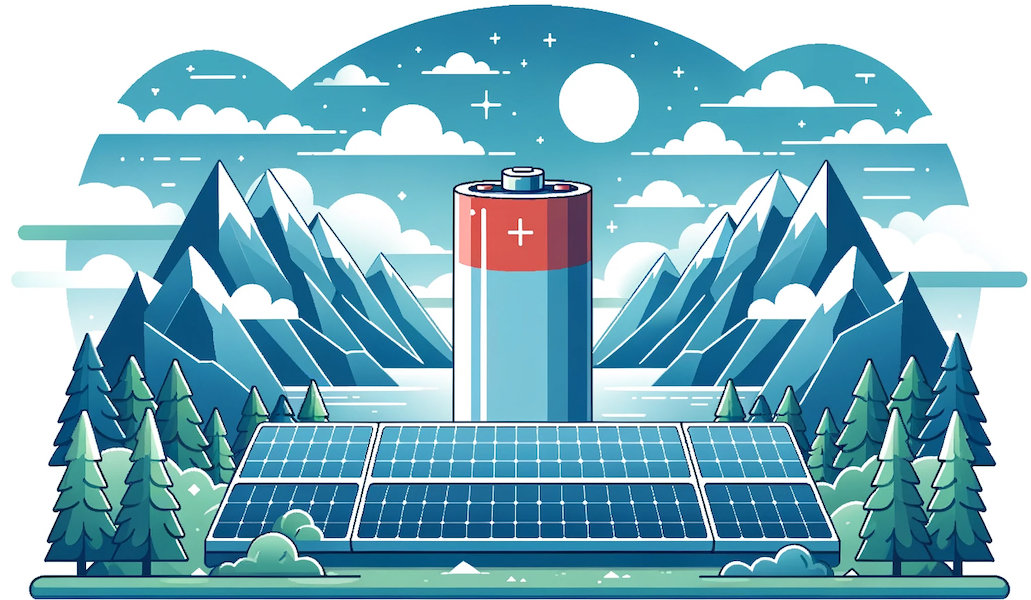 Home Battery Storage For Solar Panels And Flexible Tariffs
Home Battery Storage For Solar Panels And Flexible Tariffs
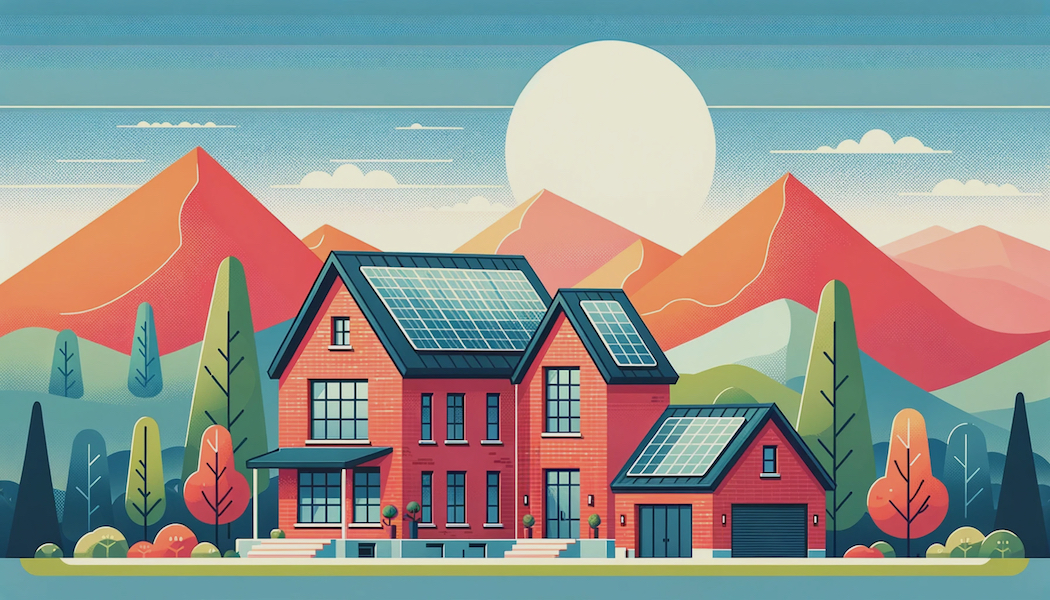 Solar String Expansion. Panels Connection Parallel vs Series
Solar String Expansion. Panels Connection Parallel vs Series
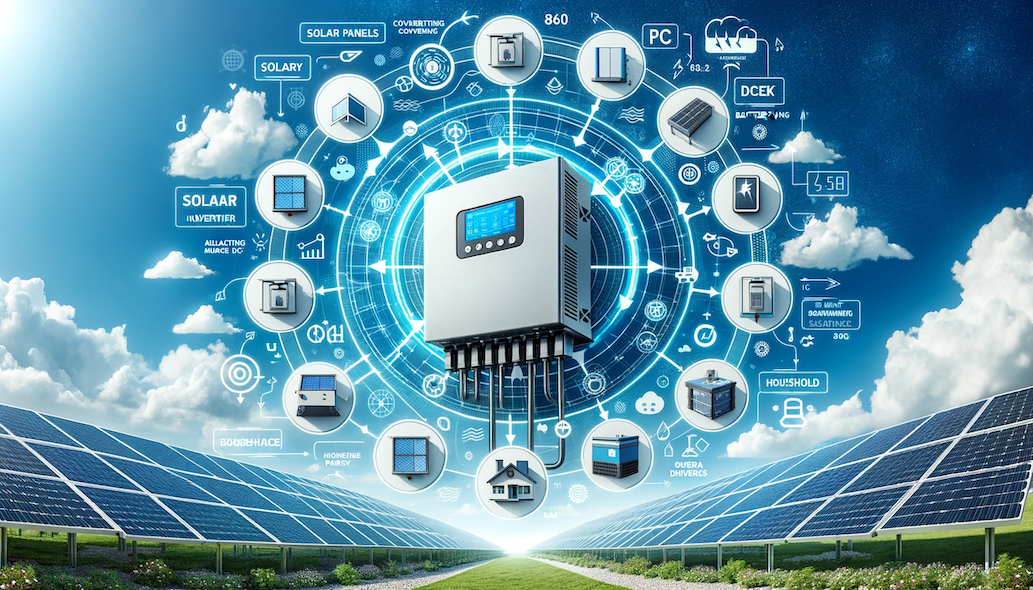 The Critical Role of Solar Inverters in Energy Conversion
The Critical Role of Solar Inverters in Energy Conversion
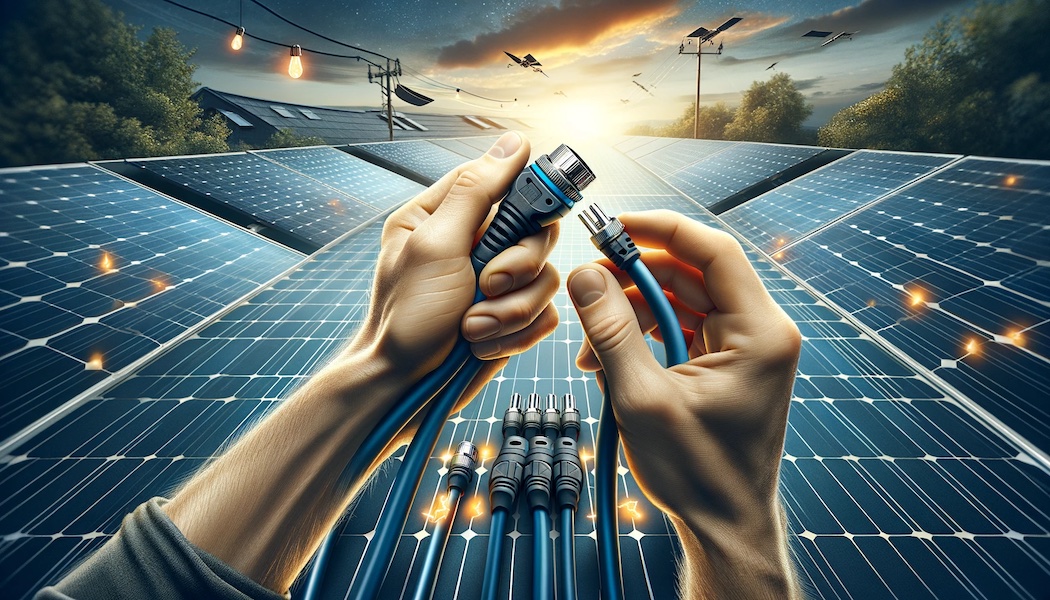 MC4 Connectors Useful Facts for Connecting Solar Panels
MC4 Connectors Useful Facts for Connecting Solar Panels
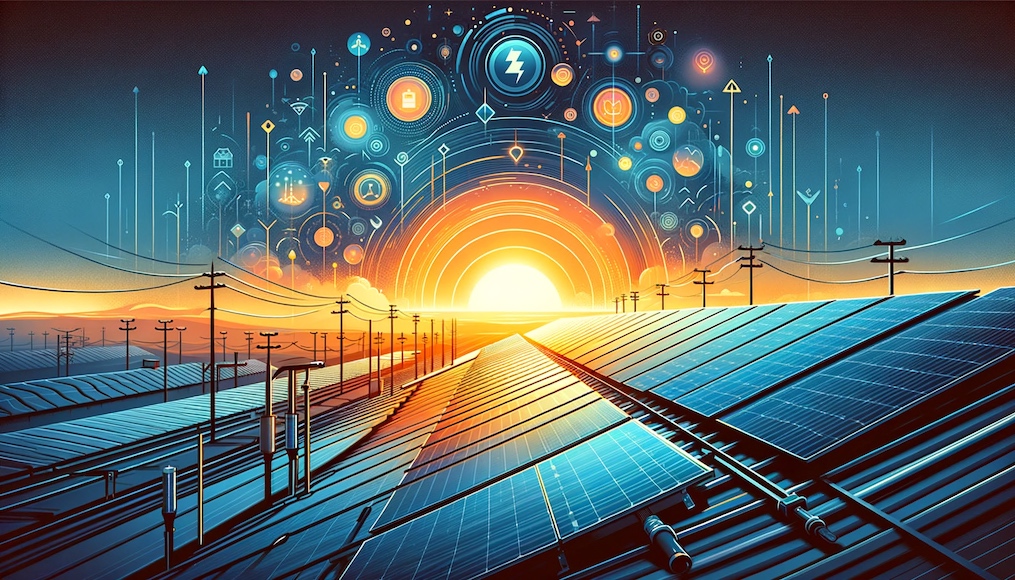 Rooftop Solar Panels Install Guide: Equipment, Tools & Tips
Rooftop Solar Panels Install Guide: Equipment, Tools & Tips
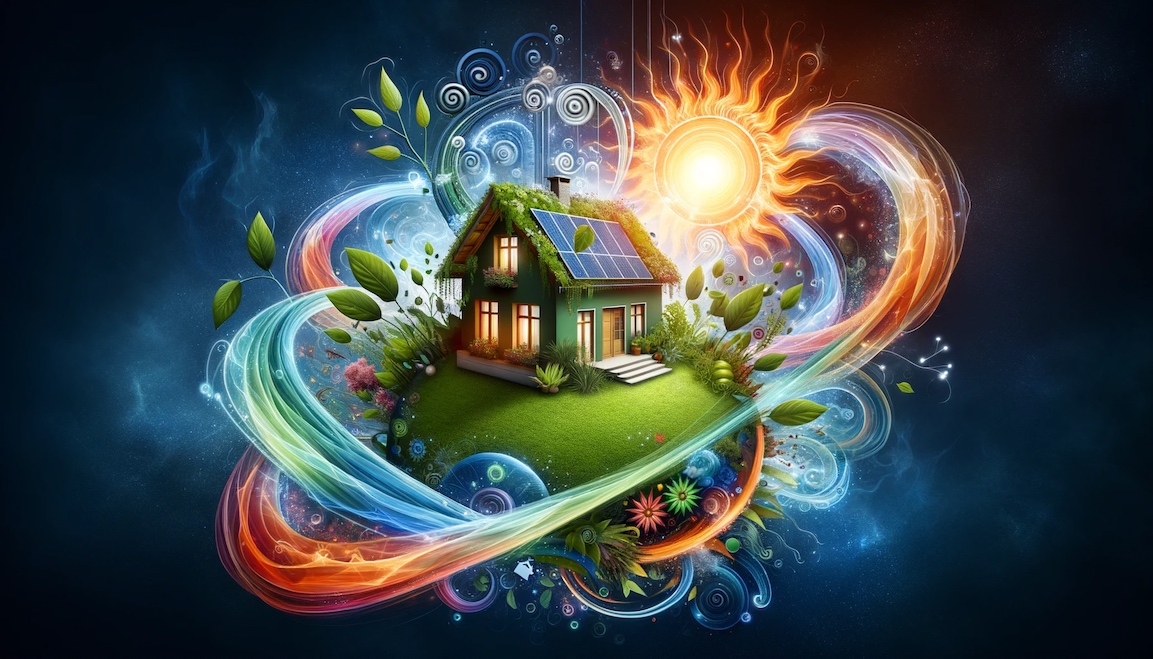 Support Your Transitioning to a Heat Pump With Solar Panels
Support Your Transitioning to a Heat Pump With Solar Panels
